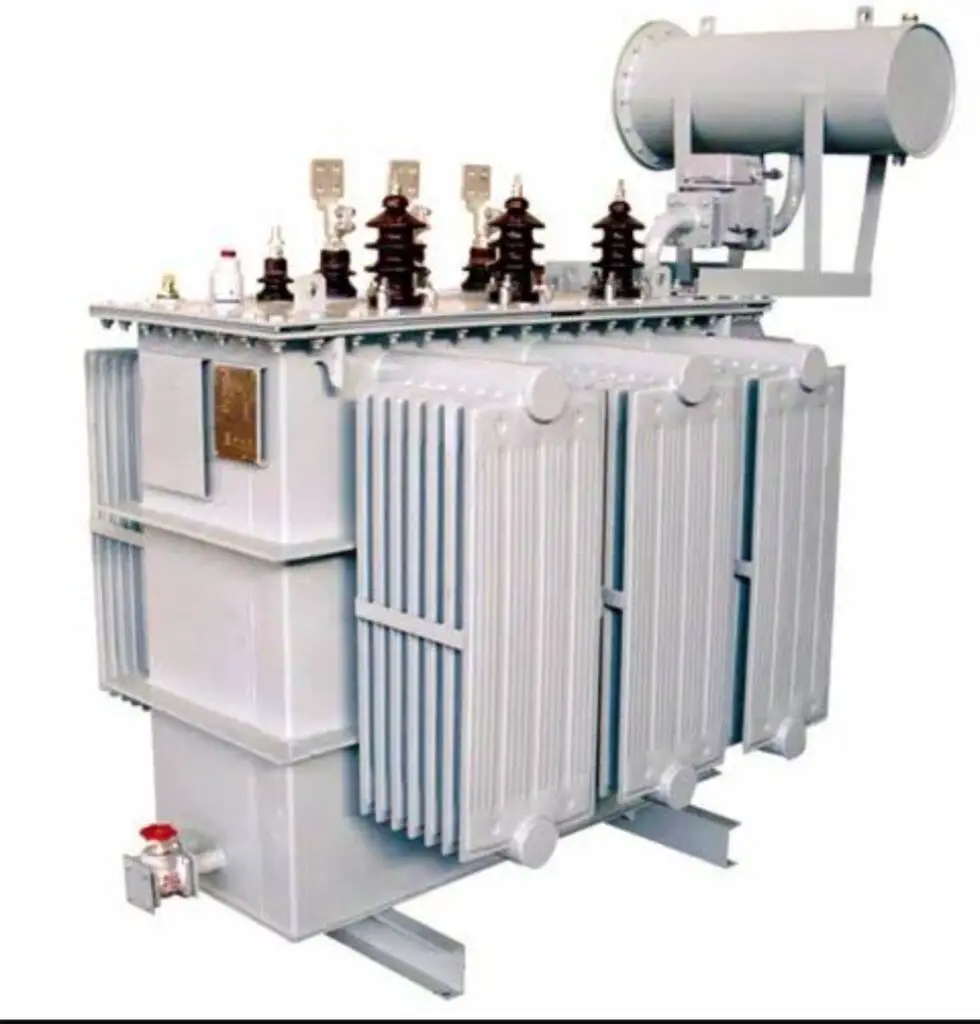The protection of transformers is crucial to ensure their safe and reliable operation. Transformers are expensive and critical components of electrical power systems, and their failure can lead to significant downtime, damage to equipment, and even safety hazards. Here are some important aspects of transformer protection.

Overcurrent Protection:
Transformers are protected against excessive current by using protective relays. These relays sense the current flowing through the transformer windings and trip the circuit breaker or isolate the transformer in case of a fault. Overcurrent protection prevents thermal damage and insulation failure in the transformer.
Overvoltage Protection
High voltage surges can damage transformer windings and insulation. Surge arresters or protective relays are installed to detect and mitigate overvoltage conditions caused by lightning strikes, switching surges, or faults in the power system. Surge arresters divert the excess voltage to the ground, protecting the transformer.
Transformer Differential Protection
Differential protection is widely used to detect internal faults within the transformer. Current transformers (CTs) are connected to the primary and secondary windings, and the difference in current between them is continuously monitored. If a fault occurs, an imbalance in the current is detected, and the protective relay trips the circuit breaker to isolate the transformer.
Buchholz Relay
The Buchholz relay is commonly used for oil-filled transformers. It detects and protects against internal faults, such as insulation failure or the development of gases in the transformer oil. The relay operates based on the flow of oil and gas through a monitoring device. It can provide an alarm or trip signal, depending on the severity of the fault.
Temperature Monitoring
Transformers generate heat during operation, and excessive heat can cause insulation degradation and failure. Temperature sensors are installed in the transformer windings and oil to monitor temperature levels. Alarms or trip signals are activated if the temperature exceeds safe limits, allowing for preventive action.
Overload Protection of transformer
Transformers have a rated capacity; prolonged operation above this capacity can cause overheating and damage. Overload protection is provided using thermal relays or electronic devices that monitor the current and trip the circuit breaker if the load exceeds the transformer’s capability.
Short-Circuit Protection
Short circuits in the power system can result in high fault currents that can damage transformers. Protective relays and circuit breakers are used to detect and isolate short circuits quickly, preventing excessive current flow and protecting the transformer.
It is important to note that transformer protection schemes can vary depending on the size, type, and application of the transformer. They are often designed based on industry standards, regulations, and specific system requirements to provide comprehensive protection. Consulting with electrical engineers and professionals specializing in power system protection is recommended for specific transformer protection design and implementation.
